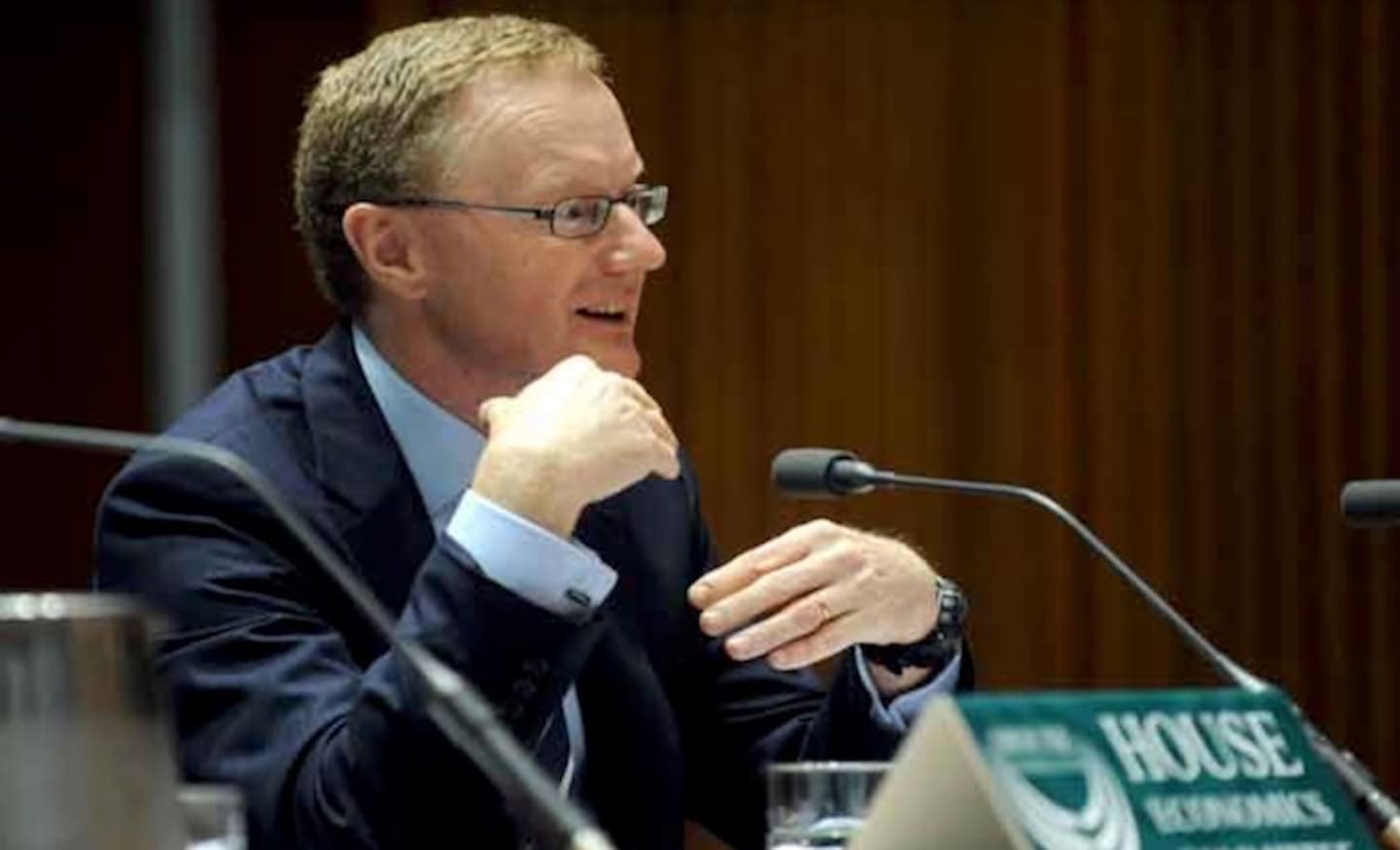No interest rate hike until at least 2024? RBA Governor Philip Lowe's February 2021 meeting statement
At its meeting today, the Board decided to maintain the targets of 10 basis points for the cash rate and the yield on the 3-year Australian Government bond, as well as the parameters of the Term Funding Facility. It also decided to purchase an additional $100 billion of bonds issued by the Australian Government and states and territories when the current bond purchase program is completed in mid April. These additional purchases will be at the current rate of $5 billion a week.
The outlook for the global economy has improved over recent months due to the development of vaccines. While the path ahead is likely to remain bumpy and uneven, there are better prospects for a sustained recovery than there were a few months ago. That recovery, however, remains dependent on the health situation and on significant fiscal and monetary support. Inflation remains low and below central bank targets.
In Australia, the economic recovery is well under way and has been stronger than was earlier expected. There has been strong growth in employment and a welcome decline in the unemployment rate to 6.6 per cent. Retail spending has been strong and many of the households and businesses that had deferred loan repayments have now recommenced repayments. These outcomes have been underpinned by Australia's success on the health front and the very significant fiscal and monetary support.
The recovery is expected to continue, with the central scenario being for GDP to grow by 3½ per cent over both 2021 and 2022. GDP is now expected to return to its end-2019 level by the middle of this year. Even so, the economy is expected to operate with considerable spare capacity for some time to come. The unemployment rate remains higher than it has been for the past 2 decades and while it is expected to decline, the central scenario is for unemployment to be around 6 per cent at the end of this year and 5½ per cent at the end of 2022.
Wage and price pressures remain subdued. The CPI increased by just 0.9 over the year to the December quarter and wages (as measured by the Wage Price Index) are increasing at the slowest rate on record. Both inflation and wages growth are expected to pick up, but to do so only gradually, with both remaining below 2 per cent over the next couple of years. In underlying terms, inflation is expected to be 1¼ per cent over 2021 and 1½ per cent over 2022.
In addition to the central scenario, the Board considered upside and downside scenarios related to the virus and the rollout of vaccines. Disappointing news on the health front would delay the recovery and the expected progress on reducing unemployment. On the other hand, it is possible that further positive health outcomes would boost consumer spending and investment, leading to stronger growth than is currently expected. An important near-term issue is how households and businesses adjust to the tapering of some of the COVID support measures and to what extent they will use their stronger balance sheets to support spending.
Financial conditions remain highly accommodative, with lending rates for most borrowers at record lows and asset prices, including housing prices, mostly increasing. Housing credit growth to owner-occupiers has picked up recently, but investor and business credit growth remain weak. The exchange rate has appreciated and is in the upper end of the range of recent years.
The Board remains committed to maintaining highly supportive monetary conditions until its goals are achieved. Given the current outlook for inflation and jobs, this is still some way off. The current monetary policy settings are continuing to help the economy by lowering financing costs for borrowers, contributing to a lower exchange rate than otherwise, supporting the supply of credit needed for the recovery and supporting household and business balance sheets. The decision to extend the bond purchase program will ensure a continuation of this monetary support.
To date, authorised deposit-taking institutions have drawn $86 billion under the Term Funding Facility and have access to a further $99 billion. The Bank has bought a cumulative $52 billion of government bonds issued by the Australian Government and the states and territories under the bond purchase program. It has not purchased bonds in support of the 3-year yield target since early December. Since the start of 2020, the RBA's balance sheet has increased by around $160 billion.
The Board will not increase the cash rate until actual inflation is sustainably within the 2 to 3 per cent target range. For this to occur, wages growth will have to be materially higher than it is currently. This will require significant gains in employment and a return to a tight labour market. The Board does not expect these conditions to be met until 2024 at the earliest.
